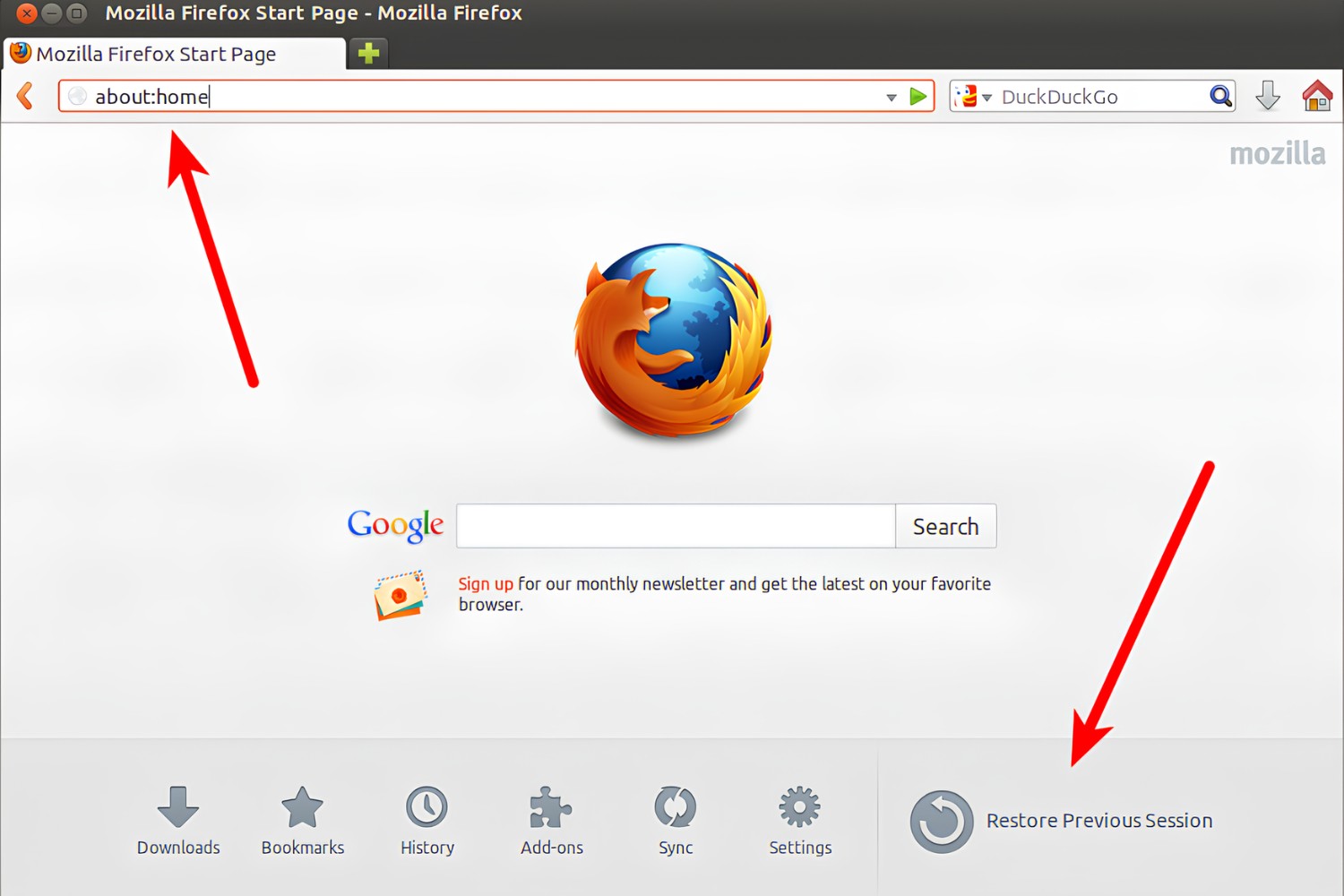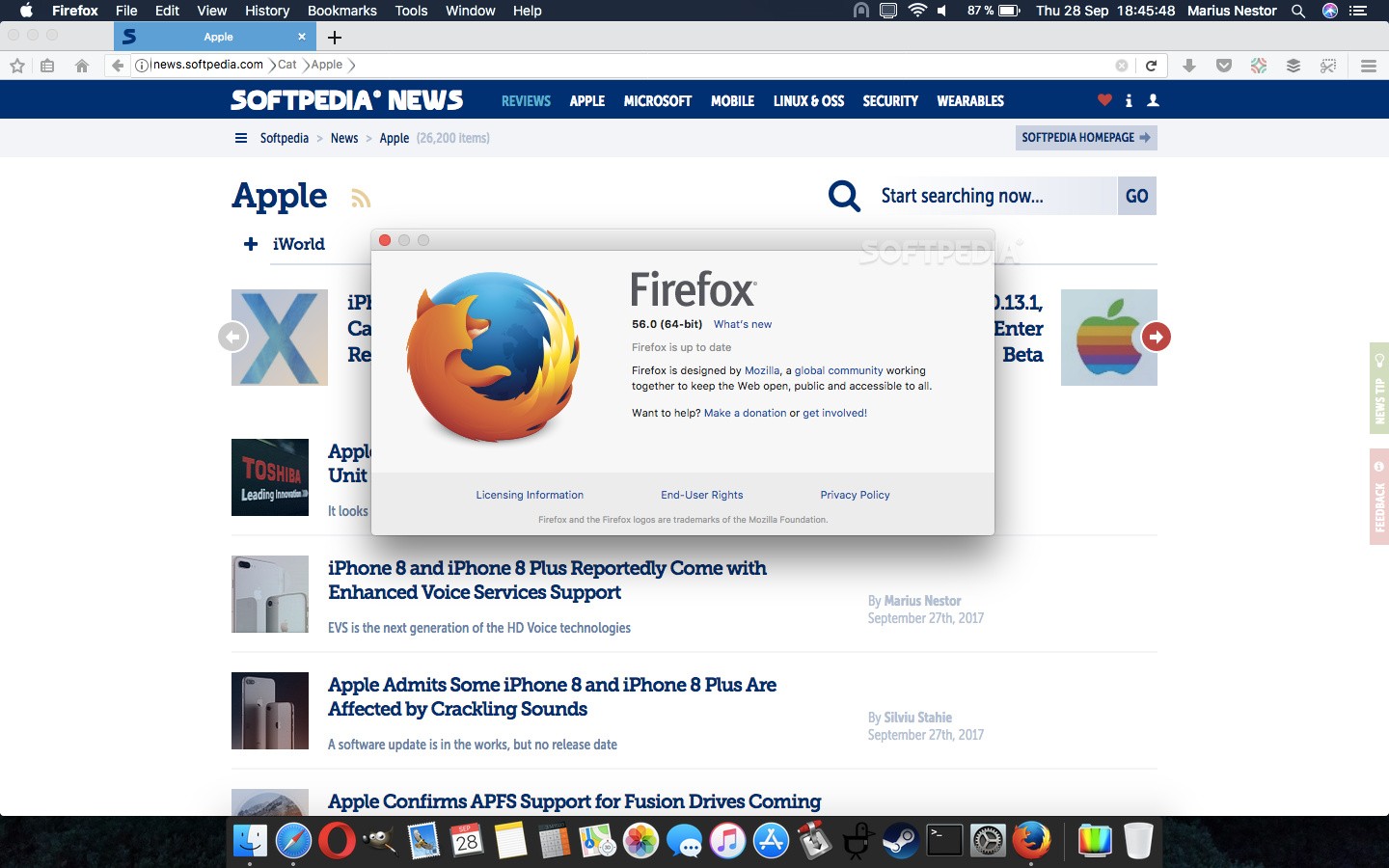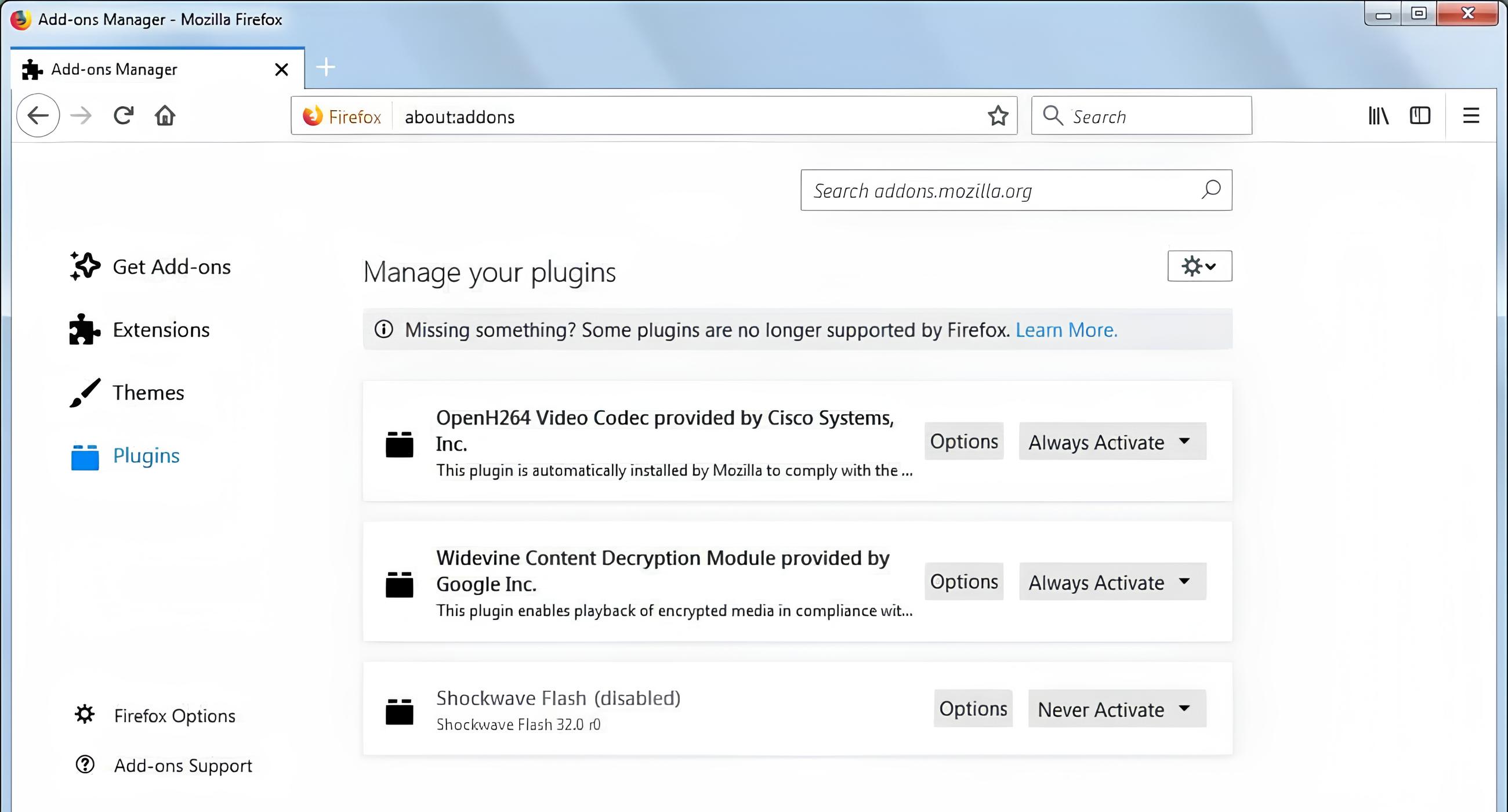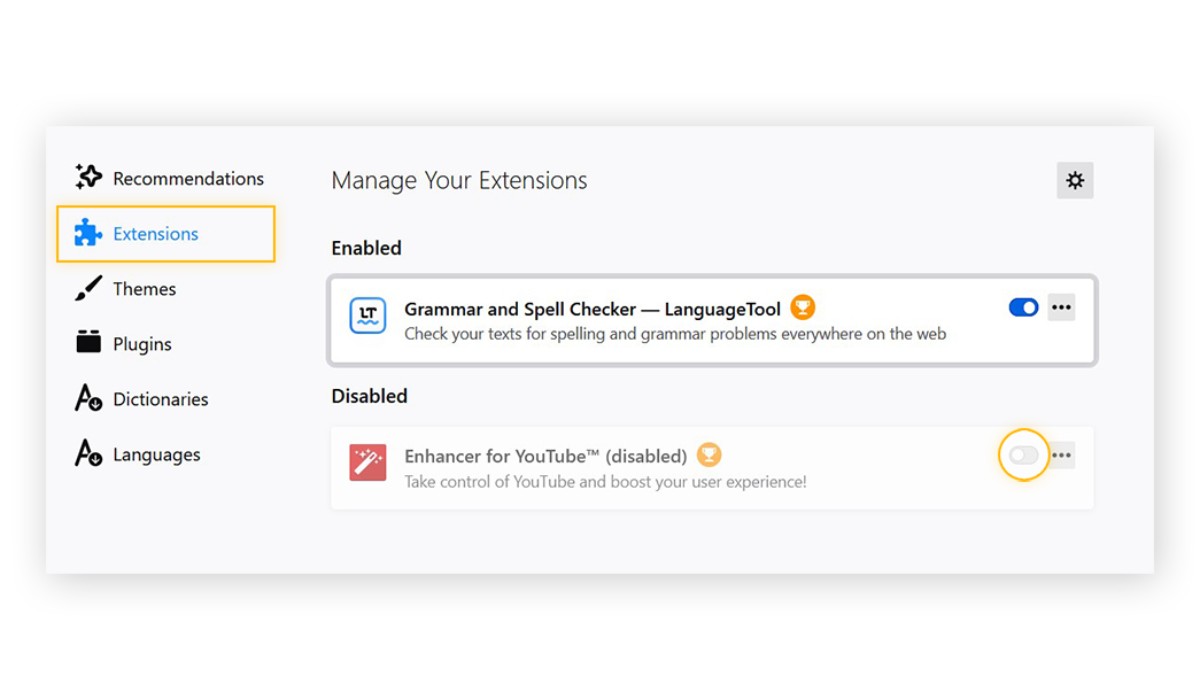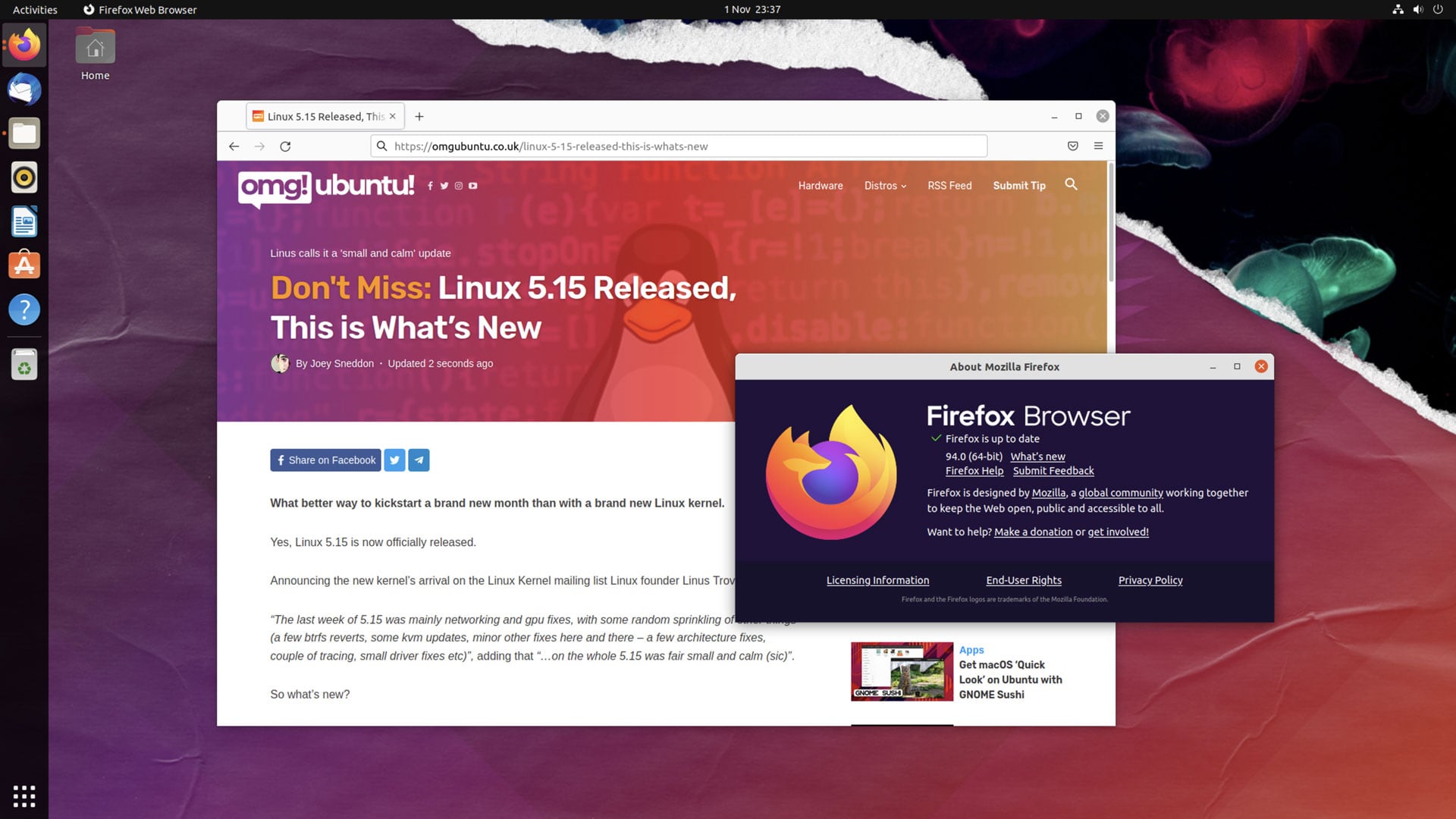Introduction
Uninstalling software from a Linux system can sometimes be a daunting task, especially for those who are new to the operating system. When it comes to removing a web browser like Firefox, users may encounter various methods and options, each with its own set of steps and considerations. In this article, we will explore three effective methods for uninstalling Firefox from a Linux-based system. Whether you're looking to free up disk space, switch to a different browser, or troubleshoot issues related to Firefox, understanding these removal methods can be invaluable.
By delving into the intricacies of each uninstallation approach, we aim to provide you with a comprehensive guide that caters to different user preferences and technical proficiencies. From utilizing the package manager to leveraging the power of the terminal and manually removing Firefox files, we will walk you through the step-by-step procedures, ensuring that you have the necessary knowledge to carry out the uninstallation process with confidence.
Whether you're a seasoned Linux user or someone who is just getting started with the operating system, this article aims to equip you with the insights and techniques needed to effectively remove Firefox from your Linux system. By the end of this guide, you will have a clear understanding of the uninstallation options available to you, empowering you to make informed decisions and take the necessary actions to manage your software environment effectively. Let's dive into the methods and explore the world of Firefox uninstallation on Linux.
Method 1: Using the Package Manager
Uninstalling Firefox using the package manager is a straightforward and efficient method that leverages the system's built-in package management tools. This approach is particularly convenient for users who prefer a graphical interface and a streamlined uninstallation process. Here's a step-by-step guide to uninstalling Firefox using the package manager:
-
Open the Package Manager: Begin by launching the package manager application on your Linux system. The package manager is a centralized tool that allows users to manage software installations, updates, and removals. Depending on your Linux distribution, popular package managers include Synaptic, Software Center, and Discover.
-
Search for Firefox: Once the package manager is open, use the search functionality to locate Firefox in the list of installed applications. This can typically be done by entering "Firefox" in the search bar or navigating through the list of installed software.
-
Select Firefox for Removal: After locating Firefox in the package manager, select the application to initiate the removal process. This action will prompt the package manager to display options related to Firefox, including the ability to uninstall the software.
-
Uninstall Firefox: Proceed to uninstall Firefox by following the on-screen prompts or selecting the appropriate option within the package manager. Depending on the package manager used, you may be required to confirm the uninstallation and provide administrative credentials to complete the process.
-
Confirm Completion: Once the uninstallation process is initiated, the package manager will proceed to remove Firefox from your system. Upon completion, you may receive a notification or confirmation message indicating that Firefox has been successfully uninstalled.
Using the package manager to uninstall Firefox offers a user-friendly and intuitive approach that is well-suited for individuals who prefer graphical interfaces and centralized software management. By following these steps, you can seamlessly remove Firefox from your Linux system, freeing up disk space and managing your software environment efficiently.
Method 2: Using the Terminal
Uninstalling Firefox using the terminal provides a powerful and flexible method for users who are comfortable with command-line interfaces and seek precise control over the uninstallation process. Leveraging the terminal allows for direct interaction with the system, enabling users to execute specific commands to remove Firefox efficiently. Here's a detailed walkthrough of the steps involved in uninstalling Firefox using the terminal:
-
Open the Terminal: To initiate the uninstallation process, open the terminal application on your Linux system. The terminal provides a text-based interface through which users can interact with the operating system by entering commands.
-
Access Administrative Privileges: Before proceeding with the uninstallation, ensure that you have administrative privileges to execute commands with the necessary permissions. Depending on your system configuration, you may need to use the "sudo" command to elevate your privileges.
-
Identify Firefox Package: Use the appropriate package management command to identify the Firefox package installed on your system. This can typically be achieved by running a command such as "dpkg -l | grep firefox" for Debian-based distributions or "rpm -qa | grep firefox" for RPM-based distributions.
-
Uninstall Firefox: Once the Firefox package is identified, proceed to uninstall it using the relevant package management command. For Debian-based systems, the "apt-get remove firefox" command can be used, while RPM-based systems can utilize "yum remove firefox" or "dnf remove firefox" depending on the specific package manager in use.
-
Confirm Uninstallation: After executing the uninstallation command, the terminal will display the progress of the removal process, including any prompts for confirmation. Follow the on-screen instructions to confirm the uninstallation and allow the terminal to complete the removal of Firefox from your system.
Uninstalling Firefox using the terminal empowers users with a direct and precise method for removing the browser, offering granular control over the uninstallation process. By following these steps and executing the necessary commands, users can efficiently uninstall Firefox from their Linux system, catering to those who prefer the flexibility and efficiency of the command-line interface.
Method 3: Manually Removing Firefox Files
Manually removing Firefox files provides a hands-on approach for users who prefer to directly manage the uninstallation process by deleting specific files and directories associated with the browser. This method offers a high level of control and visibility into the removal of Firefox, allowing users to target and delete relevant components. Here's a comprehensive guide to manually removing Firefox files from your Linux system:
-
Close Firefox: Before initiating the manual removal process, ensure that Firefox is closed to prevent any conflicts or issues during the uninstallation. This can be done by exiting the browser and ensuring that no Firefox processes are running in the background.
-
Navigate to Firefox Installation Directory: Open your file manager or use the terminal to navigate to the directory where Firefox is installed. The default installation path for Firefox is often located in the "/usr/lib" directory or within the user's home directory under ".mozilla/firefox".
-
Delete Firefox Files and Directories: Within the Firefox installation directory, identify and delete the relevant files and directories associated with the browser. This typically includes the "firefox" executable file, as well as the "firefox" directory containing profile and configuration data. Use caution when deleting files, ensuring that you are targeting the correct Firefox-related components.
-
Remove User Profile Data: If you want to completely remove all user-specific data associated with Firefox, navigate to the user's home directory and delete the ".mozilla" directory. This directory contains user profiles, bookmarks, history, and other personalized data related to Firefox.
-
Clear Browser Cache and Preferences: Additionally, you may choose to remove any cached data and preferences associated with Firefox. This can be achieved by deleting the ".cache/mozilla" directory and the ".config/mozilla" directory within the user's home directory.
-
Empty Trash and Confirm Removal: After deleting the relevant Firefox files and directories, empty the trash or recycle bin to ensure that the removed components are permanently deleted from your system. Confirm that all targeted Firefox-related files have been successfully removed.
Manually removing Firefox files offers a meticulous and hands-on approach to uninstalling the browser, allowing users to directly manage the removal of specific components and user data. By following these steps, users can effectively remove Firefox from their Linux system, catering to those who seek a detailed understanding of the uninstallation process and prefer a manual approach to software management.











